Use cases for digital storytelling

Typically, most content teams start out using digital storytelling for a specific purpose — editorial features, say, or an annual report. But most teams quickly find that the techniques of digital storytelling can be applied to many more genres of content.
Partly, this is because of the simplicity and power of leading storytelling tools and platforms. But, as we’ve pointed out elsewhere in this guide, digital storytelling doesn’t just mean ‘great looking stories’. Digital storytelling encapsulates a new way of thinking about your organisation’s content strategy — particularly, how your organisation views the quality and impact of the content published under your brand.
To put this another way: digital storytelling is a way of moving content upmarket. And as content teams move upmarket, they not only embrace new types of content — they also reimagine content types that they were already producing.
In this section, we run through ten use cases for digital storytelling. Some will be familiar; some will be a little left-field; and some will appear completely irrelevant to your industry. Have a read — and please, check out the examples. You might surprise yourself and find inspiration in content from completely exotic industries.
Before we start
The list below isn’t exhaustive. The use cases for digital storytelling tools and platforms aren’t limited by the diktat of the Shorthand Central Storytelling Committee*.
Almost all of these use cases exist because some creative and ingenious content teams thought, ‘why not try this?’ Many of them were a complete surprise to the team at Shorthand. We’re sure that there are plenty more use cases to be discovered.
Editorial feature stories

The most common use-case for digital storytelling is the editorial feature story. The term ‘editorial’ comes from journalism, but the form and techniques of the long (or longish) feature story have been borrowed and implemented by content teams in every conceivable industry.
If you’re just starting out with digital storytelling, then a version of the editorial feature is likely to become the bread and butter of your content calendar.
So, what is an editorial feature story? The editorial feature story is typically longer than other content, with more resources dedicated to research, editing, and design. It may have multiple sources, including interviews. One example of the editorial feature story is Wuhan: City of Silence from BBC News.

Annual reports

As we’ve written elsewhere, annual reports are an obligation for many organisations, but they’re also a major opportunity. Many organisations — particularly non-profits — now publish their annual reports as digital stories in order to properly showcase their brand, tell their story, and ultimately get better results.
This doesn’t mean that the PDF annual report is dead (even if it is in decline). While many organisations still produce PDFs, digital stories have become an increasingly popular way to make annual reports truly accessible to everyone.
One great example of an immersive annual report comes from international aid organisation Oxfam.
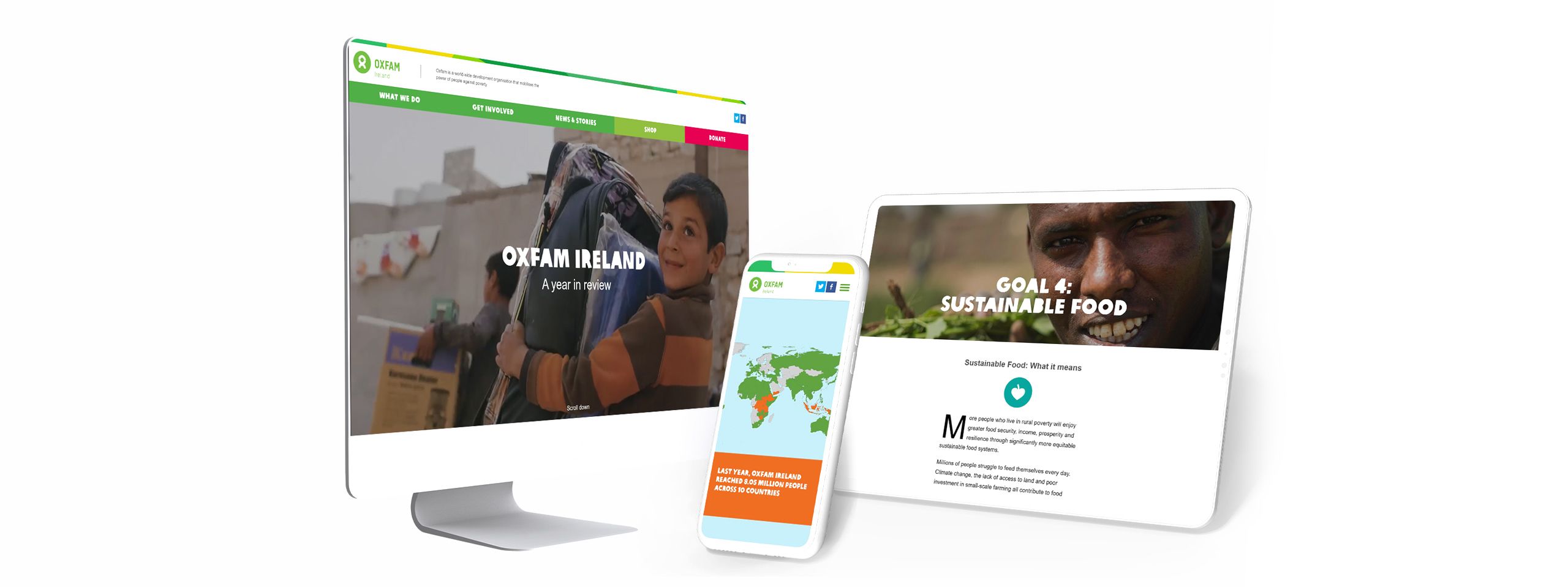
Internal communication

There’s no reason why internal communications can’t be as effective and attention-grabbing as any other content on the web.
With more organisations going remote, internal communication has become a major challenge. While there is no shortage of encomiums to the glories of remote work — as a fully remote company, we at Shorthand get it — remote work also comes with major challenges.
First, there’s the enormous cost of employee turnover. Recruitment is expensive, and it’s much more affordable to invest in your existing team than to have a revolving door of talent.
Second, every organisation today is facing enormous competitive pressures. As is well documented, low employee morale is a significant cause of poor employee productivity.
For most organisations, this requires a step change in internal communication strategy (or, for some, the creation of a strategy which didn’t otherwise exist). At the forefront of this strategy is an investment in quality.
This is what FTSE-15 company RELX accomplished with their immersive internal communications. With over 30,000 employees around the globe, RELX used immersive internal communications to achieve a 20 percent increase in employee Net Promoter Scores.

Teaching

As anyone who has been through higher education in the last two decades knows, digital educational resources are, for the most part, a bit of a mess. Most educators are enormously busy, and usually cobble together a range of resources — from textbooks, PowerPoints, PDFs, and Word documents — to teach their curriculum.
The good news is that this is changing. Many teachers are starting to replace tired and ineffective formats with stories published to the web. At the vanguard of this change are educators in journalism and communications, who are integrating digital storytelling tools into their curriculum.
One great example comes from University College at the University of Tasmania, Australia, which use digital storytelling to publish educational content for over 70 courses each semester.
Digital Magazines

When content teams bring their print magazines online — or launch entirely new digital publications — they often face a problem.
That problem is this: most digital magazines are a terrible reading experience.
Sometimes, digital magazines are published as straight PDFS, which is not a good idea. At other times, they use first-generation ‘flip-book’ software, which precisely no one enjoys reading.
In both instances, digital magazines — which are not cheap to produce — are hard to find, clunky to read, and visually uninteresting. They read like a print magazine, but worse.
Happily, this is changing. More and more content teams are building immersive reading experiences natively on the web. They’re a far cry from the all-too-familiar ‘web PDF’ feel of many digital magazines.
A great example comes from Imperial College, London. After nine months of publishing digital stories, Imperial saw 142% higher average unique pageviews and 50% higher average time on page.

Data storytelling

Content teams have always been interested in data-driven stories. Typically, these stories perform extremely well, especially if the data is original.
The barrier to data storytelling, though, has always been how expensive these stories are to produce. In the past, the best data stories required a developer or data scientist, a designer, and access to enterprise software packages.
This meant that they were fairly thin on the ground, and were typically only produced by the most well-resourced content teams.
As we’ve explained elsewhere, four changes have led to the democratisation of data storytelling. Content teams now have 1) more data, 2) better access to data, 3) human-friendly tools, and 4) no-code (or code-optional‚ publishing platforms.
This has led to a slew of rich and frankly beautiful stories about data. This example from Sky News is a classic of the genre, and was awarded Best Editorial Story at the Fifth Annual Shorthand Awards 2021.
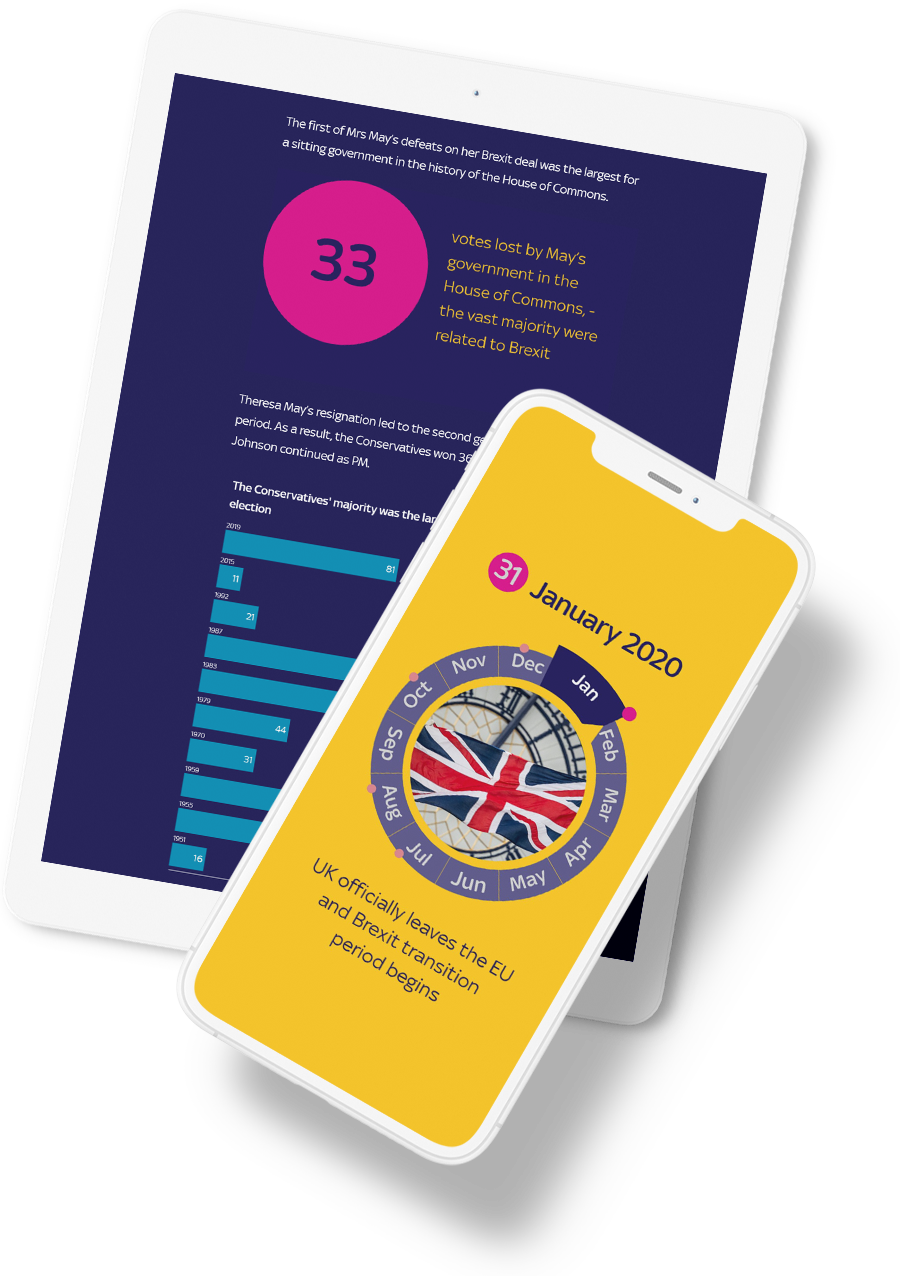
See more examples of data stories.
Brand stories

Historically, brand stories have been more ‘brand’ than ‘story.’ With a necessary focus on design and high-level messaging, brand stories have tended to lack any narrative drive or purpose.
They would look nice; the headline would be compelling; but they were ultimately insubstantial.
This is quickly changing. Some of the best content teams working today are using digital storytelling to produce beautiful, creative, and substantial brand stories.
This example on the rise of ‘Cafe Racers’ is from Honda, who work with content agency — and digital storytelling specialists — Harpoon.
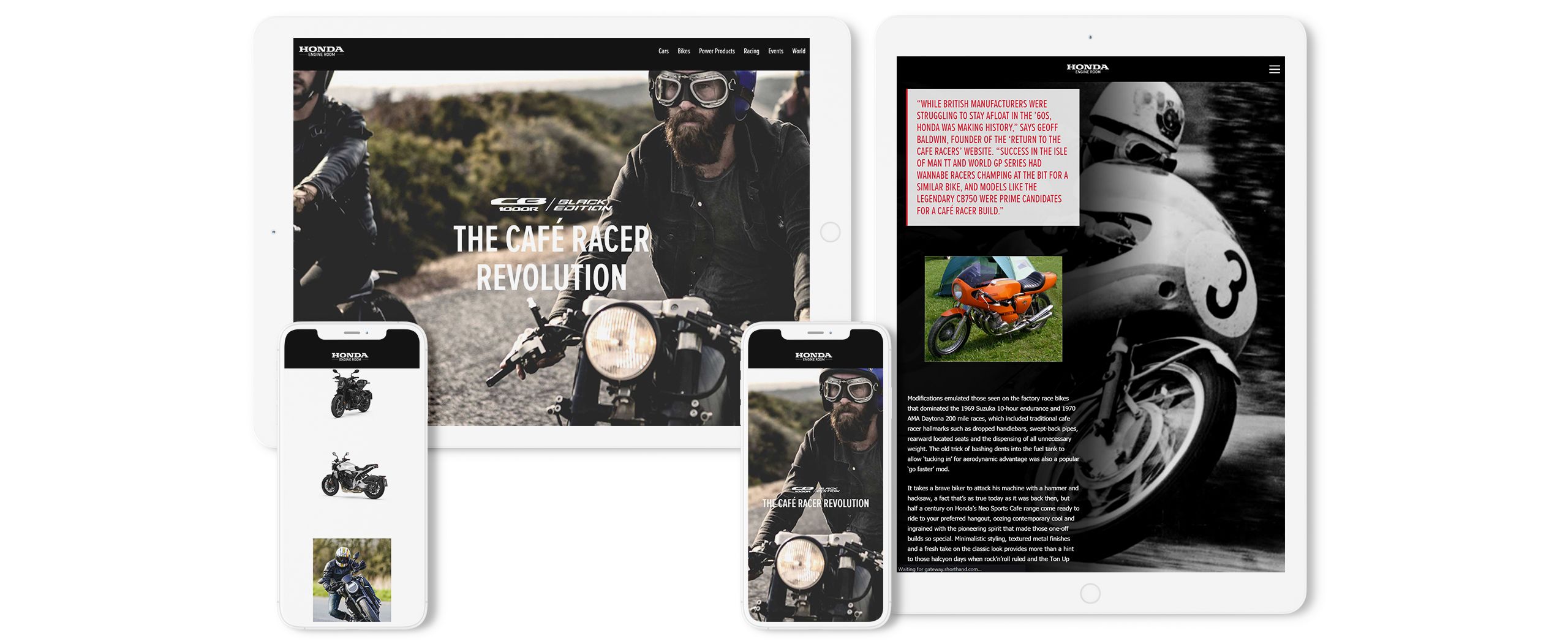
See more examples of brand stories. And learn more about the case for longform content for marketing and brand teams.
Match day programmes

Major in-person events — like professional sports fixtures — produce an enormous amount of high-quality print collateral. For the most part, this collateral is almost completely ephemeral: it is printed and distributed on the day, and then largely forgotten.
Is there a better way? Leading professional sports teams are starting to think so. English football club Manchester City, for example, now publish their match-day programmes as immersive digital stories.
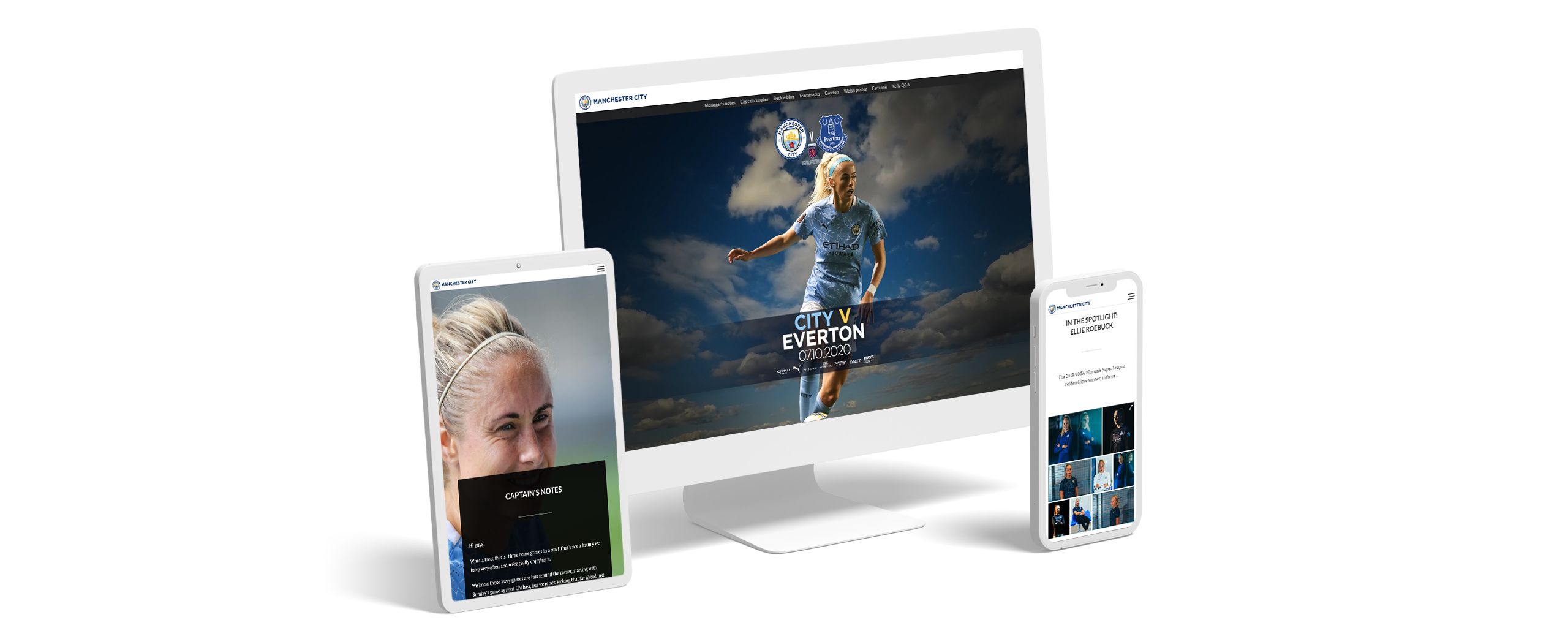
There are many benefits to this approach, including:
- A larger audience of fans from around the world
- Better production values, including interactive and immersive visual storytelling techniques
- A richer understanding of how their audience engages with their content, and,
- A potential ‘long tail’ of readers who can access the content after the match is complete.
See more examples of sports stories.
Science communication

With the rise in misinformation online, effective science communication has never been more important. While universities and research institutions are publishing more science than ever before, most of this research is inaccessible to the public.
This is where digital storytelling comes in. Using the techniques and tools of the world’s leading media companies, science communicators are publishing some exceptional — and exceptionally effective — work.
A great example comes from the University of Queensland in their story ‘Out of Africa,’ which takes the reader from West Africa in the 1960s to scientific breakthroughs at the University of Oxford thirty years later.
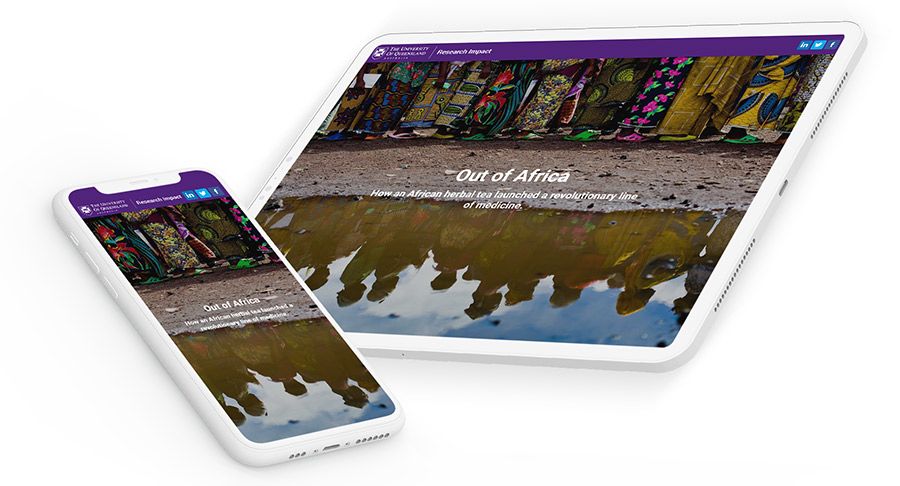
Want more examples of stunning science communication? Read our roundup of the best science communication stories.
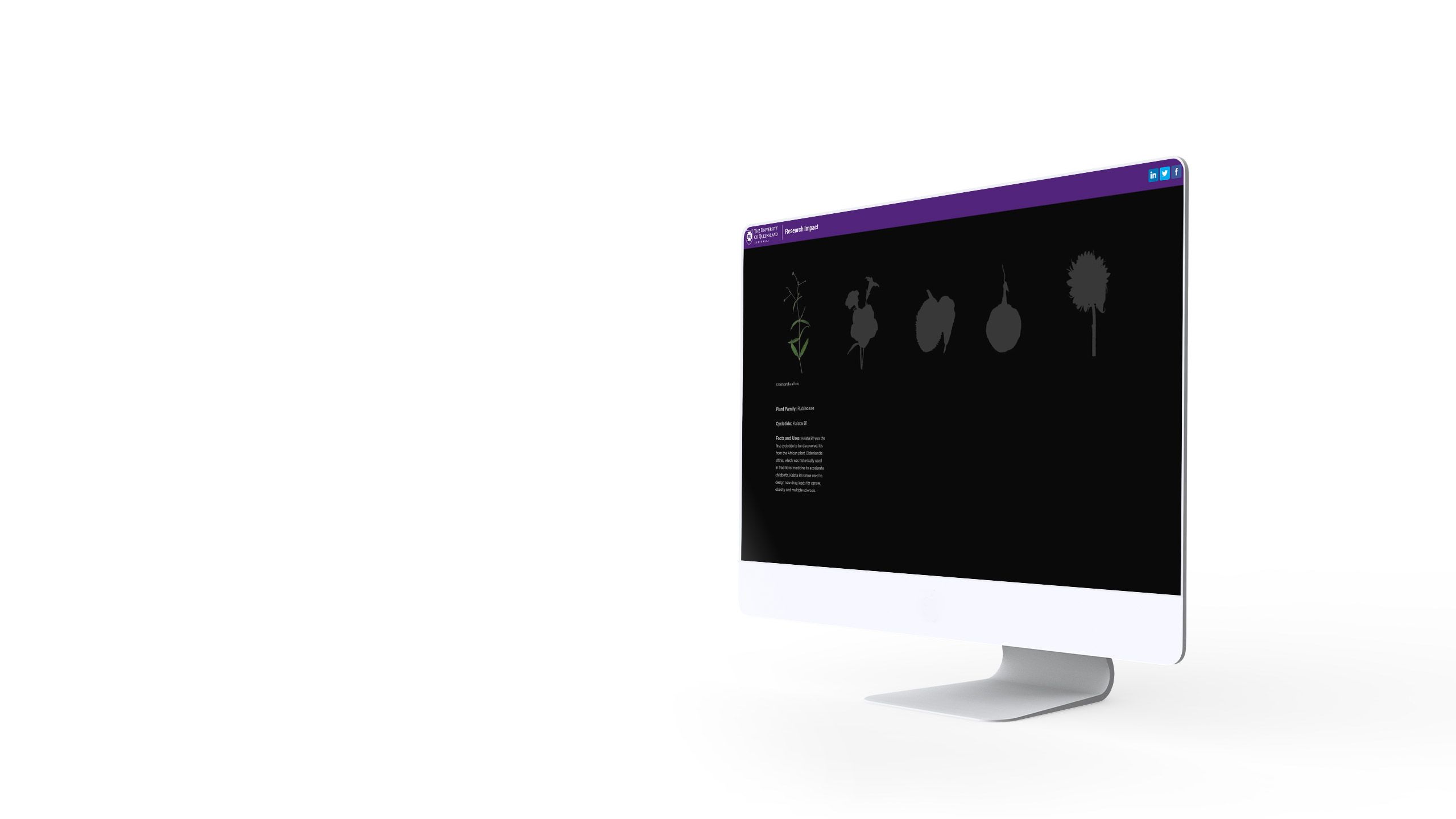
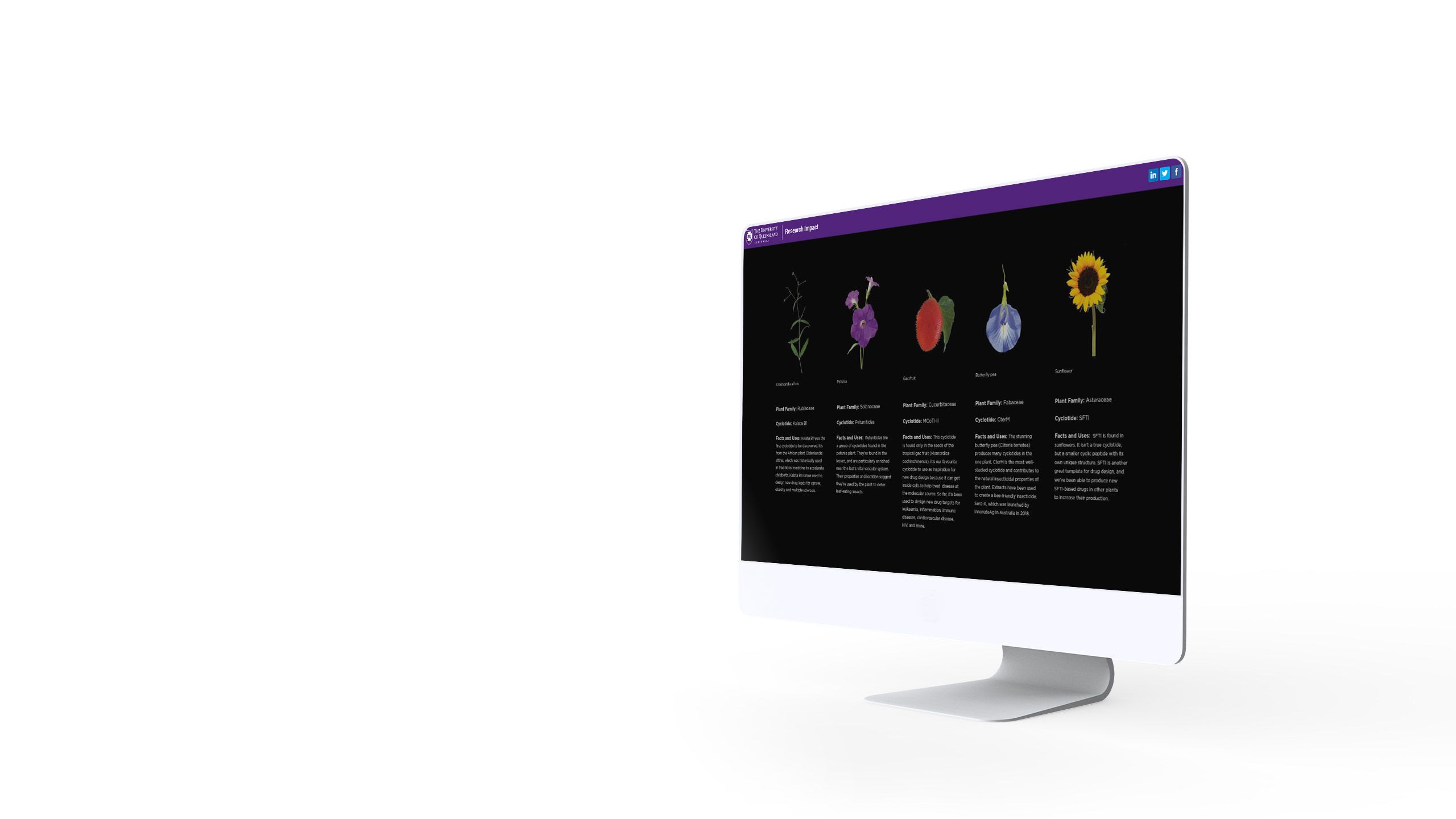
Research reports

The research report has become the not-so-secret weapon of the world’s leading content teams. Why is this?
The reason is that — let’s be blunt — most content published on the web underwhelms. Even on the most well-attended blogs, organic traffic and dwell time generally remains flat. CTAs are stubbornly un-clicked. The common fate of most content is to gather dust almost immediately after publication.
To meet these challenges, the most successful content teams have committed to producing high-quality content, with the data-driven research report being the most consistently effective.
Because of the investment involved — particularly when original data has been produced — content teams like to ensure that reports appear ’special’ and distinct from content published to a generic CMS. And with the move away from PDFs, a growing number of teams are publishing their research reports as immersive digital stories.
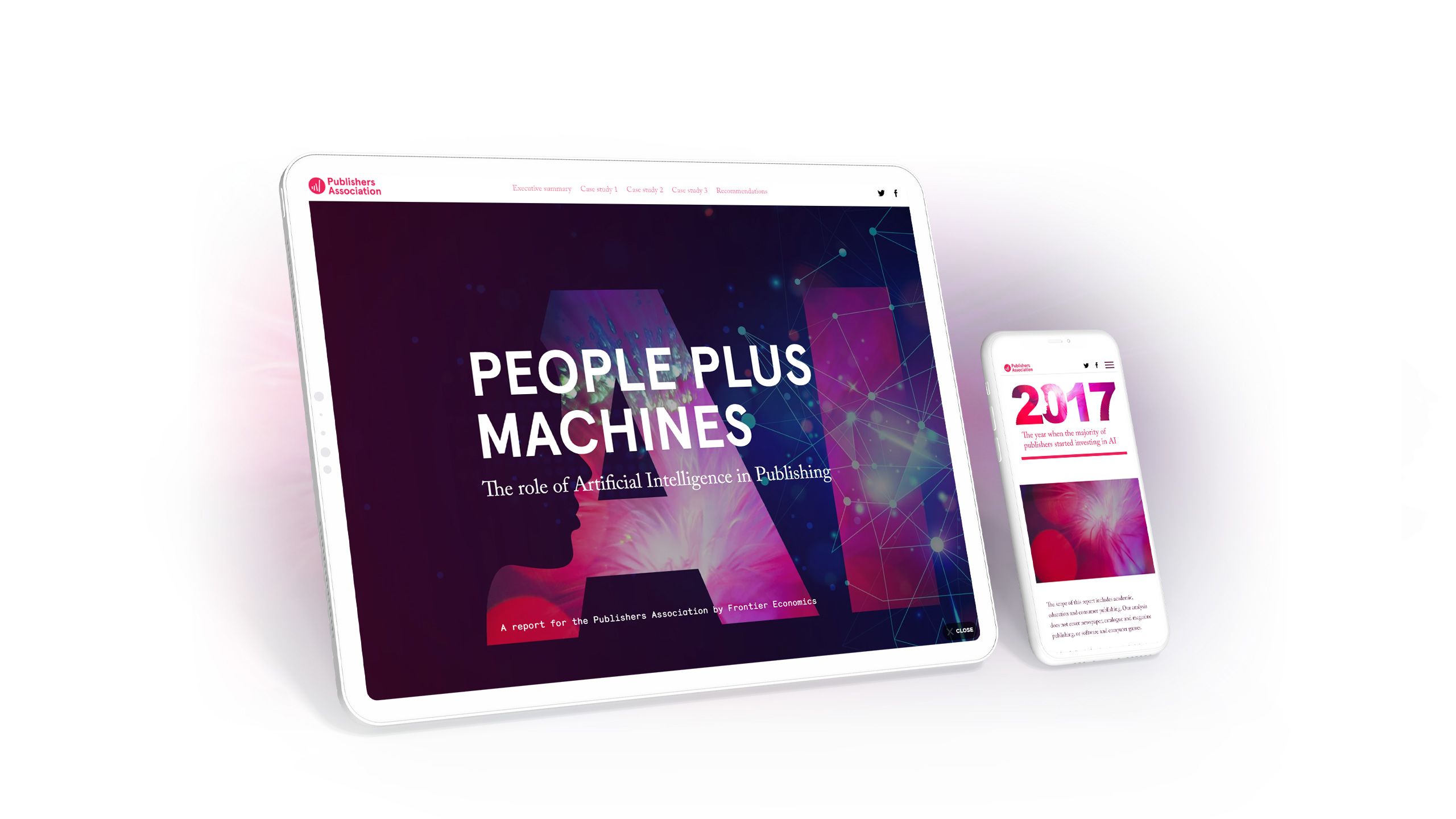
Learn more about how to create a research report.
In this section of the Definitive guide to digital storytelling, we've covered some of the most interesting use cases for digital storytelling. In the next section, we’ll look at the business case for digital storytelling.
